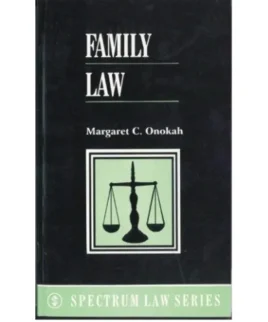Description
CONTENTS
Part 1 Concrete Laboratory
A: Characterization of Cement • Standard consistency and Setting times test of cement • Fineness test of Cement by Sieve analysis • Soundness test of cement • Specific gravity test of cement • Compressive strength test of cement.
B: Characterization of Aggregate • Particle size distribution of fine and coarse aggregates • Specific gravity and Water absorption test of fine aggregates • Specific gravity and Water absorption test of coarse aggregates • Unit weight and Void test of fine and coarse aggregates • Aggregate Crushing value test of coarse aggregate • Aggregate Impact value test of coarse aggregate • Aggregate Abrasion value of coarse aggregate • Flakiness index and Elongation index test of coarse aggregate • Bulking test of fine aggregates • Shape and Dimension test for brick
C: Characterization of Brick • Water absorption test of brick • Compressive strength test of Brick
D: Characterization of Concrete • Slump test and Compaction factor test of wet concrete • Stress-strain curve, modulus of elasticity, and Poisson’s ratio test of concrete • Flexural strength/Modulus of Rupture test of concrete • Split tensile strength test of concrete
E: Characterization of Self-Compacting Concrete (SCC) • Slump Flow Test of SSC • T50 CM Slump Flow Test of SSC • V Funnel Test of SSC • V Funnel at T5 Minutes of SSC • L Box Test of SSC • J Ring Test of SSC.
Part 2 Study of Durability Properties for Concrete
• Water Absorption test of concrete • Sorptivity test of concrete • Rapid Chloride Permeability test of concrete (RCPT) • Acid Resistance test of concrete • Sulphate Resistance test of concrete • Chloride Resistance test of concrete
Part 3 Study of Microstructural Properties
• Scanning Electron Microscope (SEM) test • Energy Dispersive X-Ray Spectroscopy (EDX) test • X-Ray Diffraction (XRD) test • Fourier Transform Infrared Spectroscopy (FTIR) test • Thermogravimetric Analysis (TGA) test
Part 4 Structural Engineering Laboratory
A: Characterization of Steel • To determine the unit mass (kg/m) and the effective cross-sectional area of the given HYSD bar • To check the transverse cracks in the bent position after bend and rebend test of HYSD bars • Determination of ultimate tensile strength by UTM and percentage elongation of given HYSD bar • To determine the ultimate tensile strength, yield strength, and percentage elongation of a mild steel coupon
B: Non Destructive Testing • To determine the quality of concrete using non-destructive testing of concrete by Ultrasonic Pulse Velocity method • To assess the available compressive strength in concrete using non-destructive testing by the Rebound Hammer method
C: Mix Design of Concrete • To perform the M25 concrete mix design following IS 10262:2019 • To test an RCC beam under two-point load under flexure
D: Some Regular Structural Analysis Problems • (a) To compare the experimental and theoretical values of the horizontal thrust of a three-hinged parabolic arch. • To plot the Influence Line Diagram of the horizontal thrust of the three-hinged arch • (a) To draw the profile of the two hinged arch (b) To compare the horizontal thrust for a given system of loading at the roller end both experimentally and analytically in a two-hinged arch. • To verify Maxwell theorem of reciprocal deflection by needle beam apparatus and to measure flexural rigidity
Part 5 Corrosion Estimation of steel in Concrete
• To determine the mass loss of steel reinforcement embedded in concrete due to corrosion by Impressed Current Technique (ICD) through accelerated corrosion process. • To estimate the electrical half-cell potential of uncoated reinforcing steel in concrete, so that the corrosion activity of the reinforcing steel can be determined.
- Author : Dr. S.K. Panigrahi
- Publisher : S.K. Kataria & Sons
- Edition : 1st 2022
- Publishing Year : 2022
- Total Pages : 200
General Inquiries
There are no inquiries yet.








Reviews
There are no reviews yet.